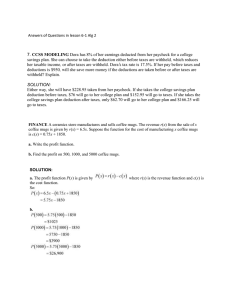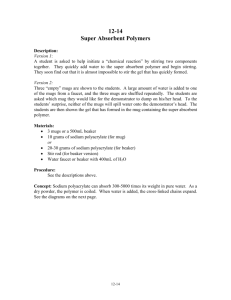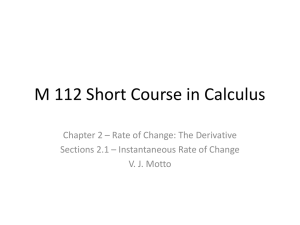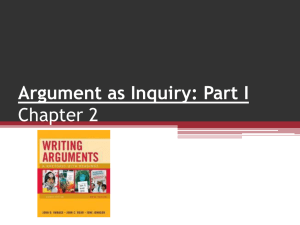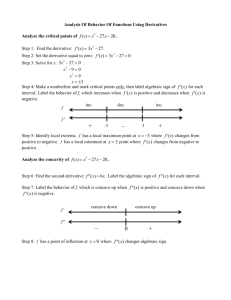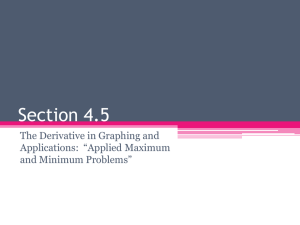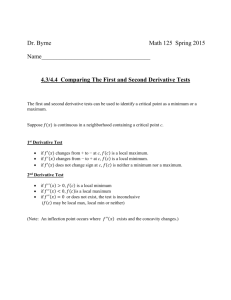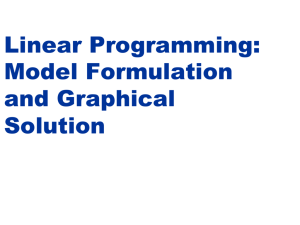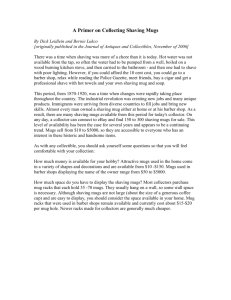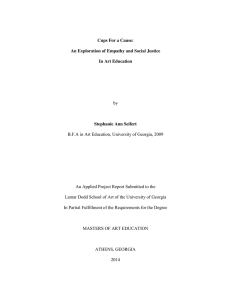Actual Second Midterm
advertisement
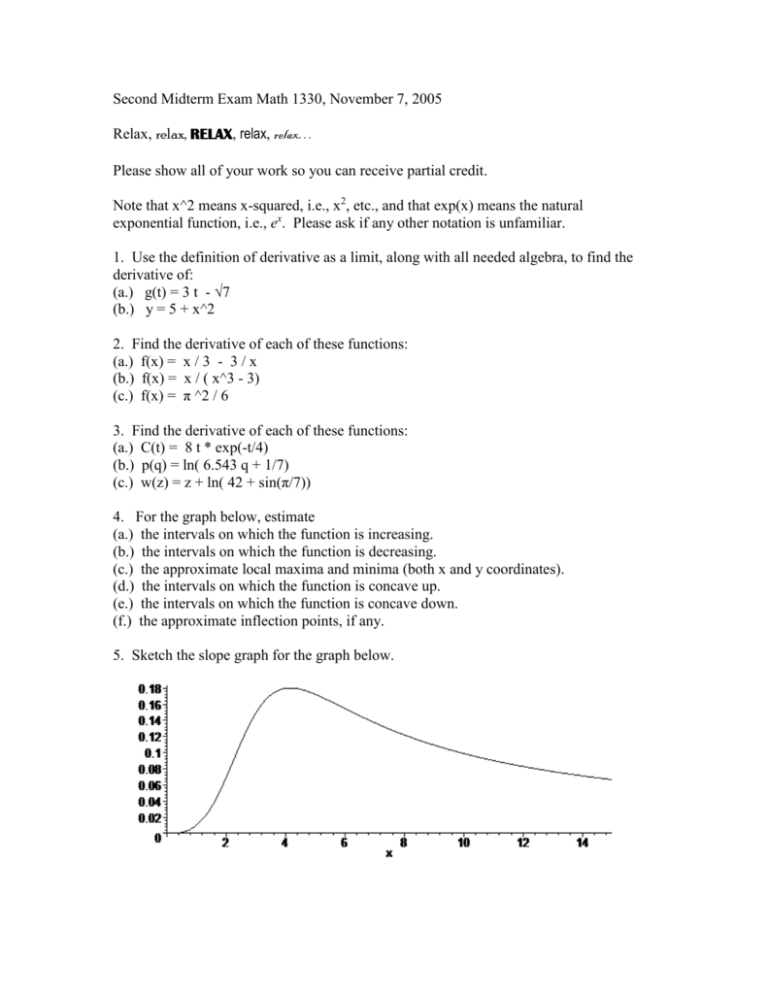
Second Midterm Exam Math 1330, November 7, 2005 Relax, relax, RELAX, relax, relax… Please show all of your work so you can receive partial credit. Note that x^2 means x-squared, i.e., x2, etc., and that exp(x) means the natural exponential function, i.e., ex. Please ask if any other notation is unfamiliar. 1. Use the definition of derivative as a limit, along with all needed algebra, to find the derivative of: (a.) g(t) = 3 t - √7 (b.) y = 5 + x^2 2. Find the derivative of each of these functions: (a.) f(x) = x / 3 - 3 / x (b.) f(x) = x / ( x^3 - 3) (c.) f(x) = π ^2 / 6 3. Find the derivative of each of these functions: (a.) C(t) = 8 t * exp(-t/4) (b.) p(q) = ln( 6.543 q + 1/7) (c.) w(z) = z + ln( 42 + sin(π/7)) 4. For the graph below, estimate (a.) the intervals on which the function is increasing. (b.) the intervals on which the function is decreasing. (c.) the approximate local maxima and minima (both x and y coordinates). (d.) the intervals on which the function is concave up. (e.) the intervals on which the function is concave down. (f.) the approximate inflection points, if any. 5. Sketch the slope graph for the graph below. 6. You have determined that you can sell 500 mugs if the price is $3.50, 350 mugs if the price is $5.00, and 250 mugs if the price is $7.00. The supplier will sell you mugs for $2.00 each. You also must pay for fixed cost of $80 for the initial design setup. Using Excel we find that a reasonable linear demand model is p(q) = –0.0137q + 10.18 where the p is the price in dollars to sell a quantity of q mugs. (a.) Determine the revenue function and the cost function and the profit function in terms of the variable q. (b.) How many mugs should you order and sell to maximize profit. Use any method to find this maximum. (c.) More generally, we can handle an infinite number of such scenarios at once. Let p(q) = –a q + b where p is the price to sell q units of the product, and with a and b positive constants. Let R be the fixed costs, and let S be the unit cost of each item (assume R and S are positive constants). Suppose p(q) = –a q + b. Explain why the profit function is given by π( q) = (–a q + b) q – S q - R (d.) Find the quantity q that will maximize the profit π( q) = (–a q + b) q – S q - R and find the corresponding price p (use the symbolic method including showing via the second derivative that the point is a maximum.) 7. Lay out the mathematical argument that the revenue is maximized when the elasticity is one (more precisely, when η = -1). Explain with a few words each step. 8. (Takehome Exam Question, due Wednesday November 9) Section 3.4 details several ways that you can apply post-optimality analysis and estimate margins of error with your project. Write out answers to the following: (a.) Try to fit two other possible models to your data, if possible. If not possible, argue why other models are not good. Most of you can find at least two other reasonable models; what insight do these models give to the potential error in your answer? (b.) Using the ideas of sensitivity analysis in Section 3.4, consider the role of any unusual points, or outliers, on your answer. Try to see how sensitive the data is to removing a couple points, or using a data subset. Finally, estimate the level of precision and margin of error in your data and your final answer.
